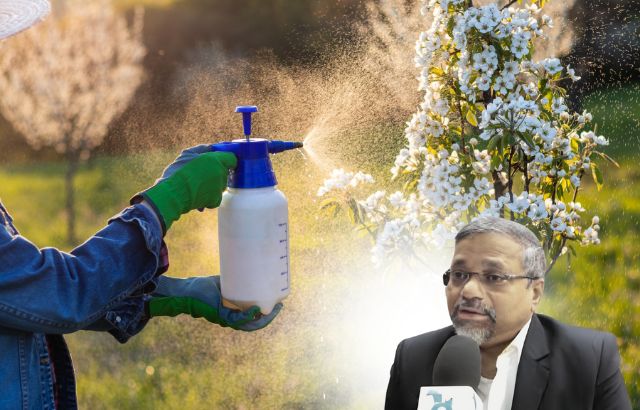In the world of agriculture, the pursuit of sustainable and effective farming practices has led to innovative solutions. One such advancement is the use of herbicide safeners, which play a critical role in organic farming. These compounds enhance the selectivity of herbicides, allowing farmers to protect their crops while minimizing the impact on the environment. In this blog, we will explore what herbicide safeners are, how they work, and their potential to revolutionize organic farming.
What Are Herbicide Safeners?
Herbicide safeners are substances that protect crops from the harmful effects of herbicides, allowing for effective weed control without damaging desirable plants. They are often used in conjunction with pre-emergent or post-emergent herbicides to enhance crop tolerance. By selectively targeting weeds while safeguarding crops, herbicide safeners help maintain biodiversity and soil health.
Examples of Herbicide Safeners
- Fenclorim: This safener is used with certain herbicides to protect crops like corn and soybeans. It allows for effective weed management while ensuring the crops remain unharmed.
- Mefenpyr-diethyl: Commonly used with various cereal crops, this safener protects against herbicide damage, enabling farmers to maintain crop yields without relying on more aggressive chemicals.
- Isoxadifen-ethyl: This compound is used with glyphosate and other herbicides to provide protection to crops like soybeans and cotton. It enhances the safety profile of these herbicides, promoting healthier ecosystems.
The Role of Green Innovators
Green innovators play a pivotal role in the development and promotion of sustainable agricultural practices. They focus on research and development to create safer, more effective agricultural inputs, including herbicide safeners. Their work ensures that organic farmers have access to tools that not only enhance productivity but also align with environmental sustainability.
Key Contributions of Green Innovators:
- Research and Development: Innovators conduct research to discover new safeners that can be used in various crops, helping farmers achieve better weed control without compromising safety.
- Education and Training: They provide resources and training for farmers on the effective use of safeners, ensuring that these tools are utilized to their fullest potential.
- Sustainability Initiatives: Green innovators advocate for practices that promote soil health, biodiversity, and ecosystem balance, emphasizing the importance of organic farming.
Ask Jaiguru – FAQs on Herbicide safeners in organic farming
Q: Are herbicide safeners safe for the environment?
A: Yes, herbicide safeners are designed to enhance crop tolerance while minimizing harm to non-target plants and organisms. When used correctly, they can contribute to more sustainable farming practices.
Q: How do herbicide safeners work?
A: Safeners work by modifying the plant’s metabolic processes, allowing crops to detoxify herbicides more effectively while leaving weeds vulnerable.
Q: Can herbicide safeners be used in all types of crops?
A: No, each safener is specific to certain crops and herbicides. It’s essential for farmers to consult guidelines for the appropriate combinations.
Q: Do herbicide safeners affect crop yield?
A: When used correctly, safeners can help maintain or even improve crop yield by preventing damage from herbicides, leading to healthier plants and better harvests.
Calculations by Green Innovators
To illustrate the economic benefits of using herbicide safeners, consider the following hypothetical calculations:
- Cost of Herbicides Without Safeners: A farmer applies herbicides that cost $30 per acre but suffers a 20% crop loss due to herbicide damage, leading to a $100 loss per acre.
- Cost of Herbicides With Safeners: By using safeners, the farmer can use the same herbicide for $30 per acre, but the crop loss reduces to 5%, leading to a $25 loss per acre.
Total Savings Calculation:
- Without Safeners:
Total Cost = Herbicide Cost + Loss = $30 + $100 = $130 per acre. - With Safeners:
Total Cost = Herbicide Cost + Loss = $30 + $25 = $55 per acre.
Savings Per Acre:
Savings = Total Cost Without Safeners – Total Cost With Safeners
Savings = $130 – $55 = $75 per acre.
For a 100-acre farm, the total savings could reach $7,500, highlighting the economic benefits of using herbicide safeners.
Conclusion
Herbicide safeners are a game-changer for organic farming, allowing for effective weed management while protecting crops and the environment. As we continue to face challenges in sustainable agriculture, the role of green innovators in developing and promoting these solutions will be crucial. By adopting these practices, farmers can ensure a more sustainable future for food production, benefiting both their livelihoods and the planet.












